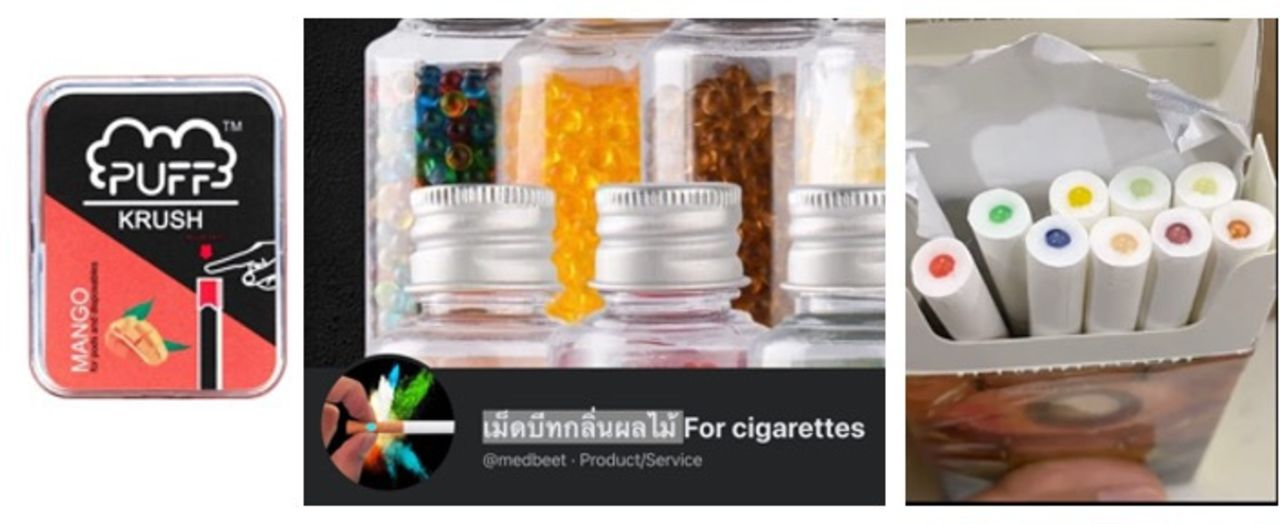One of my old colleagues, a lawyer at UCSF once said that the tobacco industry finds loopholes in the law and exploits them until someone closes them. And then moves onto the next one. Our new Open Access paper in Tobacco Control discusses some of these problems. https://tobaccocontrol.bmj.com/content/31/2/222
“Moving targets: how the rapidly changing tobacco and nicotine landscape creates advertising and promotion policy challenges,” led by UCSF Center for Tobacco Control Research and Education Director Pam Ling, discusses the rise of synthetic nicotine to evade regulations.
As cigarettes became déclassé in mature markets and volumes and revenue has dropped, the industry has swooped in just in time to rescue their profits with a potpourri of heated, electronic, and nicotine tobacco products. The strategy is hooking new recruits (kids).
“Make tobacco cool again” could be the industry’s slogan.
Think tobacco’s bad? We’ve got synthetic nicotine for ya! Think smoking will kill you? We’ve got heated tobacco products (with that familiar tobacco taste). Don’t like smoking? Try vaping, or nicotine salt pouches!

The hustle to make a deadly product blend in with the background of consumer items is not new for the tobacco industry, but their recent tactics are even beyond the pale for this morbid industry. Candy flavors and colors and add ons are meant to attract kids. Why do we allow this blatant predation? Because of the always delayed promise of helping inveterate smokers. We sacrifice reason to baby smokers who might switch to slightly less deadly products. Quixotically, the tobacco industry’s raison d’état is now to coddle addicted smokers, as their official party line, in order to cover up the fact that really they are much more interested in recruiting kids to continue their legacy of pollution of the environment and human health. The industry would be all too happy if smokers continued smoking conventional cigarettes, and children and young adults uninterested in smoking would think their new technologized gee-whiz products are cool and harmless – becoming lifelong ‘customers’ (addicts) in the process.
Building on our previous work, we write:
The use of the term ‘pharmaceutical grade’ nicotine to describe recently developed nicotine products and the acquisition of NRTs extends the tobacco industry’s embrace of pharmaceuticalisation —producing products that appear like medical therapeutics conferring perceptions of safety.”